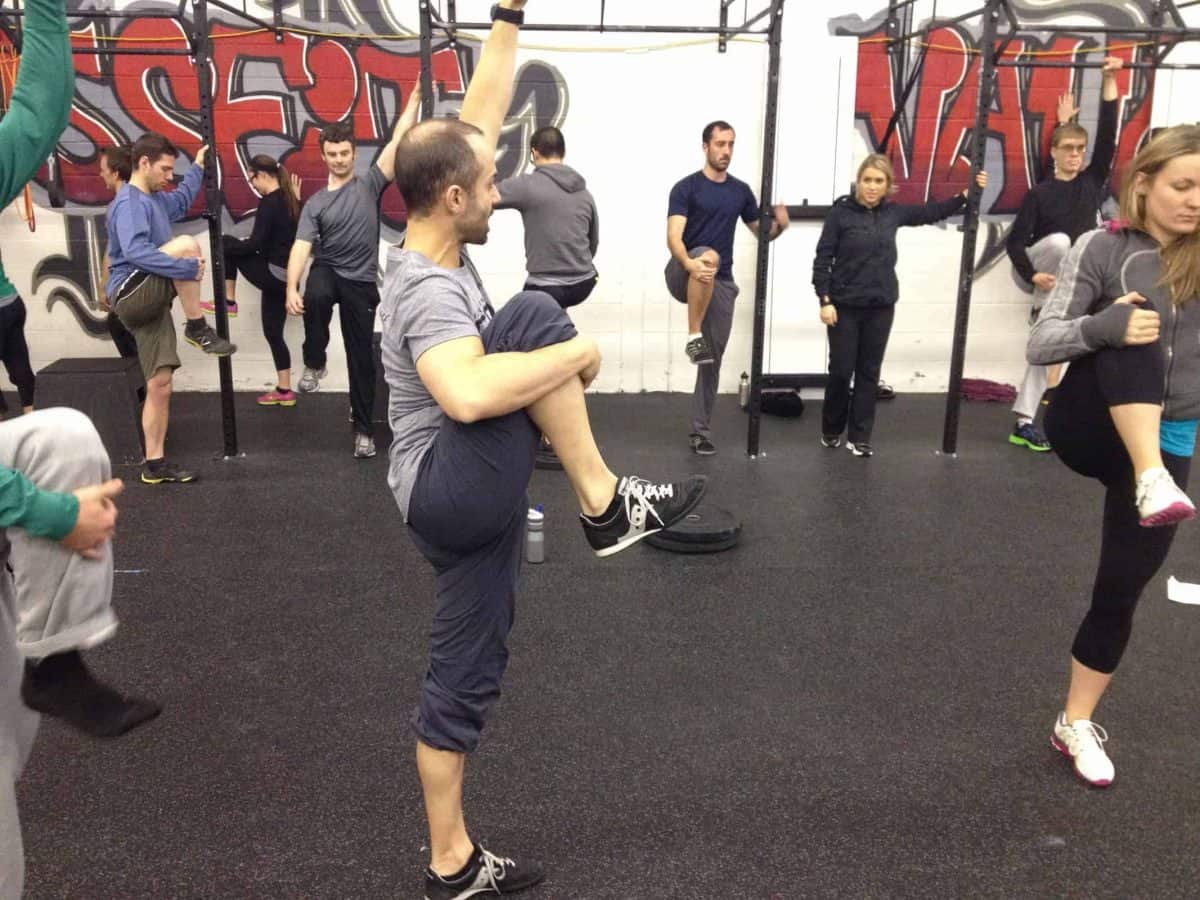Systemized by functional range conditioning (FRC), lift-offs are an ingenious way to focus on stability to achieve gains in mobility. Lift-offs are essentially lever tighteners. You place yourself in a supported end-range position, ‘screw-in’ the limb connection to the torso, and attempt to elevate independently off the surface.
Here Hunter Cook locks down his shoulder blades to get a bit more gleno-humeral joint (shoulder socket) flexion without raising his torso:
View this post on InstagramA post shared by Hunter Cook (@hunterfitness) on
This is much harder than it looks. Because he’s lifting both arms at the same time he doesn’t get the rotational stability that tends to ease upper body movements.
Here he is again using lift-offs to enhance his 90/90:
View this post on InstagramControl every angle. Some 90/90 hip work. #FRC @drandreospina – sped up 1.5x
A post shared by Hunter Cook (@hunterfitness) on
Imagine if how hard this would be if he tried to lift BOTH knees off the ground. With one limb down you have another point of anchor on which to prop up.
The more lengthened a muscle fascially, the harder it is to control the lift-off. Since they’re still governed by contractile principles, the longer and tighter they are initially the more difficult it is to tighten them further. Note the torso differences in the next two videos:
View this post on InstagramA post shared by Dr. Andreo Spina (@drandreospina) on
The second set-up makes the move more difficult due to the active, upright torso. When you want to lift a leg, having a lifted torso negates help from the core musculature. The less surface area you have in contact with the ground, the less assistance and more isolating the movement.
Passive range holds holds allow you to actively pull a limb into position. Here Dewey Nielsen uses his hands to pull his feet (and knees, hips) into maximal internal rotation, gradually releasing to find the greatest independent isometric hold:
View this post on InstagramA post shared by Dr. Andreo Spina (@drandreospina) on
Here’s another example of Hunter and Dr. Spina working on hip flexion and external rotation:
View this post on InstagramA post shared by Dr. Andreo Spina (@drandreospina) on
The goal of improved mobility is to be able to use it. This is where dynamic challenges come in — to practice these mobility/ stability gains in a movement of higher demand.
View this post on InstagramDynamic Hover (Dyn Passive Range Lift-off) —— #functionalrangeconditioning #FRC #controlyourself
A post shared by Dr. Andreo Spina (@drandreospina) on
Hip flexion to abduction
View this post on InstagramA post shared by Human Animation (@briangfox) on
Quad position hip abduction to extension
Reach, roll, and lift off roller support with scapular depression and retraction on the return.
TO REVIEW:
- To increase mobility you have to increase stability
- Both lift-offs and passive holds use isometrics to improve end range control
- Lift-offs occur in conjunction with a supportive surface
- Passive range holds can occur anywhere and involve compromised positions and gradual release
- Static holds progress to dynamic integration to create new, functional motor patterns

